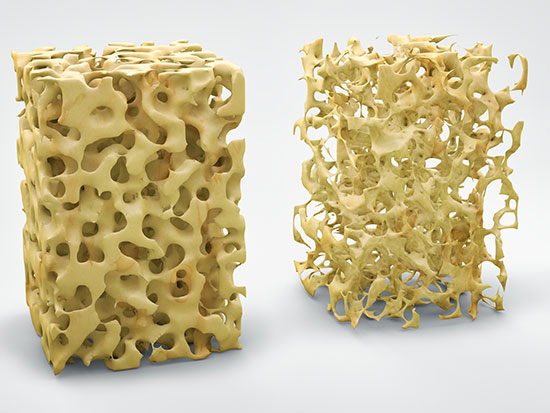.jpg)
Some of the principal treatments for osteoporosis, denosumab, zoledronate and calcium, could have a protective effect against COVID-19 in patients who take them, specifically a 30 to 40% reduction in the rate of infection, according to the results of a joint study by Hospital del Mar, the Hospital del Mar Medical Research Institute (IMIM), Pompeu Fabra University and the Pere Virgili Health Park. The study, the first of its kind in the world, has just been published the journal Aging.
The last author of the study, Dr...
Read More








Recent Comments